Charles Quest-Ritson: In praise of climate change
'Scorn the batty arguments of those who deny that changes have happened and are happening,' says our columnist. And while we'll all strive to prevent things getting worse, we might as well enjoy in our gardens the fruits — quite literally — of the change that is already upon us.
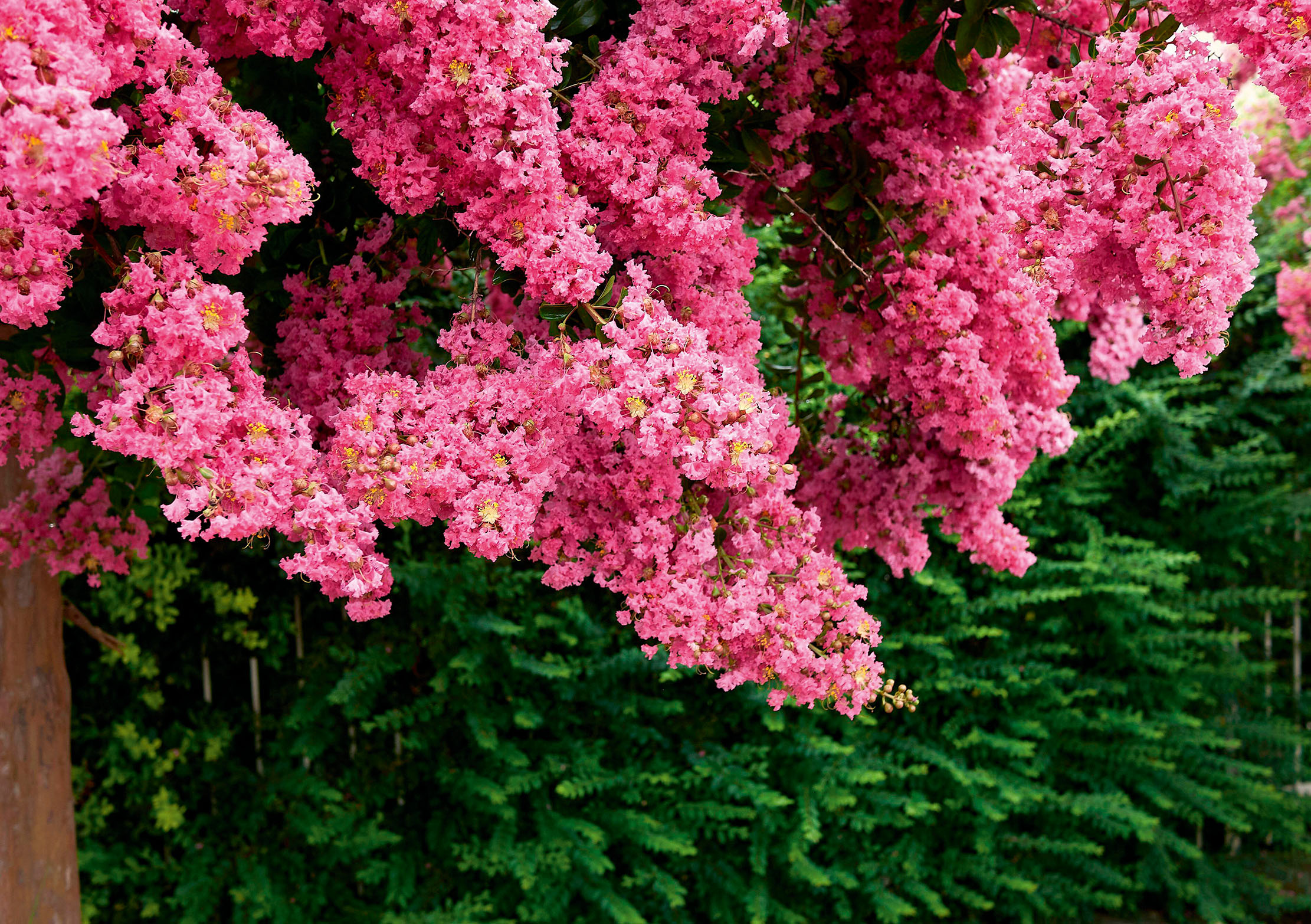
We hear a lot about the evils of climate change, but, for gardeners, it brings problems and opportunities in equal measure. It is only an unmitigated Bad Thing if you love the horticultural status quo and cannot cast off your shroud of gloom. Please forget everything you have been told about the unilateral wickedness of climate change — and scorn the batty arguments of those who deny that changes have happened and are happening. Change is upon us — and it always has an upside.
Gardeners have already noticed that plants are surviving the cold and wet of an English winter that would have died 20 years ago. Being of positive attitude, we do not dwell upon plants that have found the changes difficult to accommodate — those ethereal Himalayan meconopsis and billowing rhododendrons that require cool, wet summers. And, alas, we forget that our rarest natives, such as Primula scotica, may soon find life in the very north of Scotland too hot to survive. What we see is that our weather is moving northwards, so that plants once possible in Sussex are now growable in Yorkshire, as Yorkshire’s opportunities extend into central Scotland. We see it and most of us rejoice.
Nevertheless, it comes as a welcome surprise to learn that the RHS has decided to run trials of cultivars of two species that, until recently, we considered no more than half-hardy or, at best, suitable only for greenhouses — Albizia julibrissin and Lagerstroemia indica. Both are small trees of spectacular beauty. I love to see them flourish in the gardens of France and Italy, but I have never grown either of them, certain that they could not survive an English winter. Even more of a surprise is the RHS’s announcement that its experts will judge them not in its normal dedicated trial grounds, but on the evidence of plants already growing in RHS gardens. In short, the society has seen the way that climate change is going and thinks we should know about some of the new possibilities it promises.
Albizia julibrissin is a short, but elegant tree, perfect for London, yet ready now for cultivation in country gardens. Its elegant airy leaves — botanists call them cladodes — resemble the finest mimosas and they tend to close up in heavy rain, like the chaste plant M. pudica. Its arching branches are studded all along their upper surface with powder-puff flowers, 2in to 3in in diameter, in shades of pink or crimson. The overall effect is exotic, but dainty — and immensely covetable.
New forms have been emerging in recent years and I long to grow a cultivar called ‘Summer Chocolate’. Its stamens are pale pink at their tips, but white towards the base and they show up beautifully against the dark chocolate-purple leaves. I am by nature timid about growing expensive trees that may not survive our winters, so I hope soon to be told by the RHS that ‘Summer Chocolate’ will flourish in my Hampshire garden.
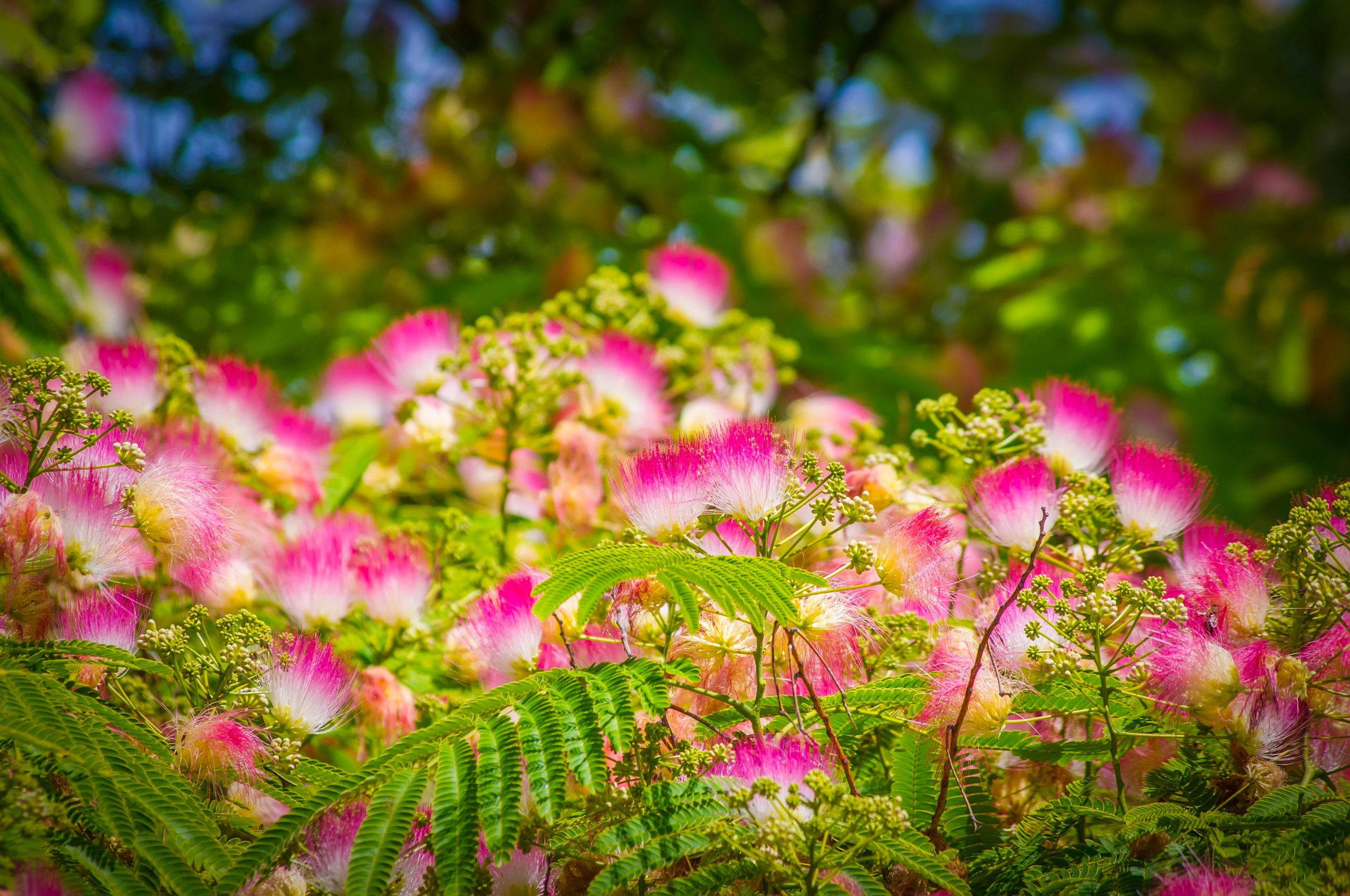
Lagerstroemias are long overdue for trialling. Typical L. indica makes a multi-trunked or low-branching tree reaching 15ft–20ft — those trunks account for part of its beauty because they are smooth and palely mottled. The leaves are evergreen — always so useful in winter — and the branches carry crimson-purple flower spikes rather like a superior buddleja, but much larger, brighter and longer lasting. The individual flowers are very handsome, with large crinkly petals; Americans call them ‘crape myrtle’. The ‘wild’ species already has an Award of Garden Merit from the RHS, but many new cultivars from white to darkest crimson have recently been introduced, mainly from the US, with funny names such as With Love Kiss (gaudy, double pink) or Burgundy Cotton (white with purple leaves).
Lagerstroemias are hardy in much of the British Isles, but their new growths need hot weather to ripen and survive, so the RHS trial will tell us which perform best in our climate. And then we must grow them. I predict that, in 10 years’ time, one of the show-off status symbols in our climate-adjusted gardens will be avenues of lagerstroemias. Trendy designers, please note.
Sign up for the Country Life Newsletter
Exquisite houses, the beauty of Nature, and how to get the most from your life, straight to your inbox.
I shall soon start planting albizias and lagerstroemias on my south-facing chalky hillside. Their new-found hardiness, which the RHS will confirm, heralds a long-overdue movement away from our good-taste reliance on herbaceous plants. Goodness, how glad I shall be to see all those boring weeds, such as polygonums, and all those fancy grasses, give way to shrubs from parts of the world where a Mediterranean climate prevails. Think of your own homemade maquis of cistus, rosemary and ceanothus. Think of the hot summer scents and the buzz of bees. And then give thanks for the horticultural opportunities that climate change will bring.
Charles Quest-Ritson wrote the RHS Encyclopedia of Roses
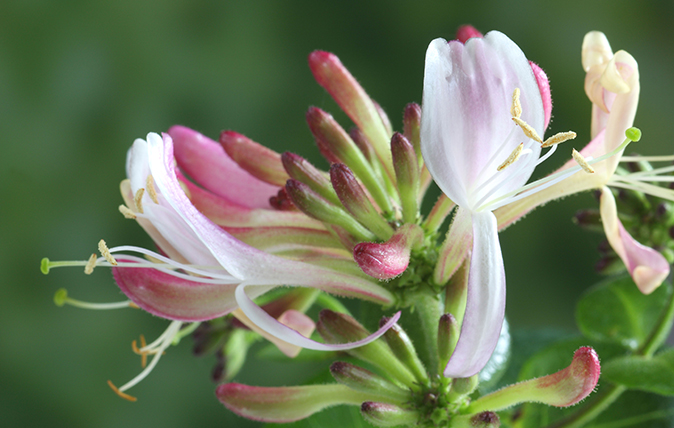
The best honeysuckle to grow in your garden – especially if they’re gifts from now-departed friends
Charles Quest-Ritson extols the virtues of delightful honeysuckle.
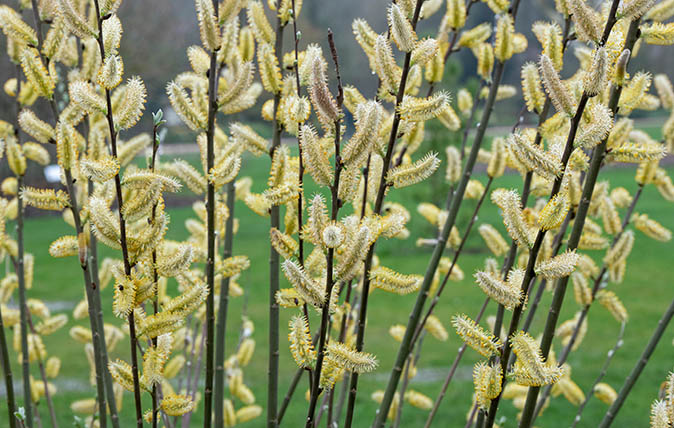
What to plant if you're thinking of putting a willow in your garden
Charles Quest-Ritson offers advice on this incredibly vibrant plant.
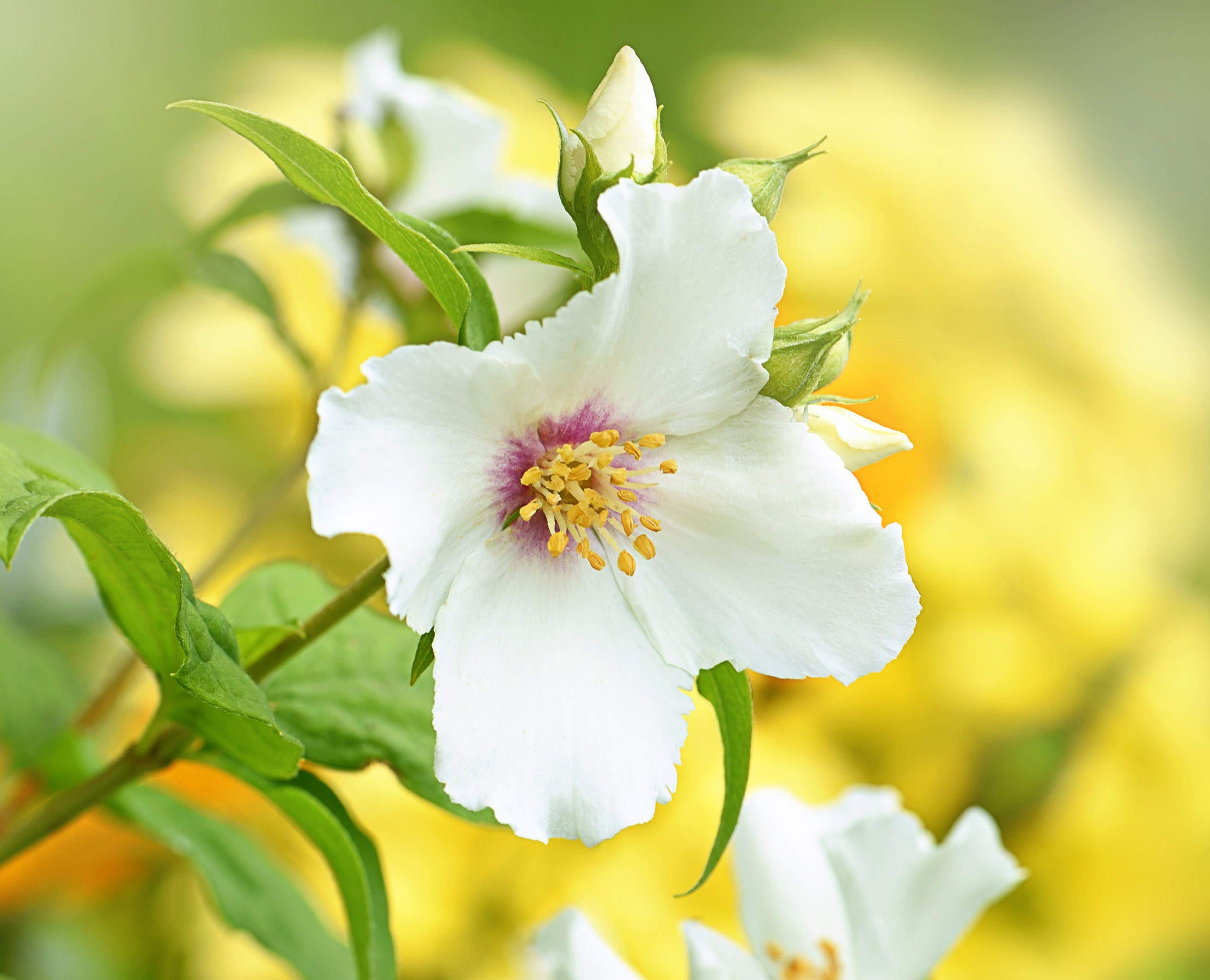
Credit: Getty Images
Charles Quest-Ritson: Why every gardener in Britain should be growing philadelphus
Charles Quest-Ritson's list of flowers that every garden should own includes the usual names — rose, daffodil, clematis. But he'd also
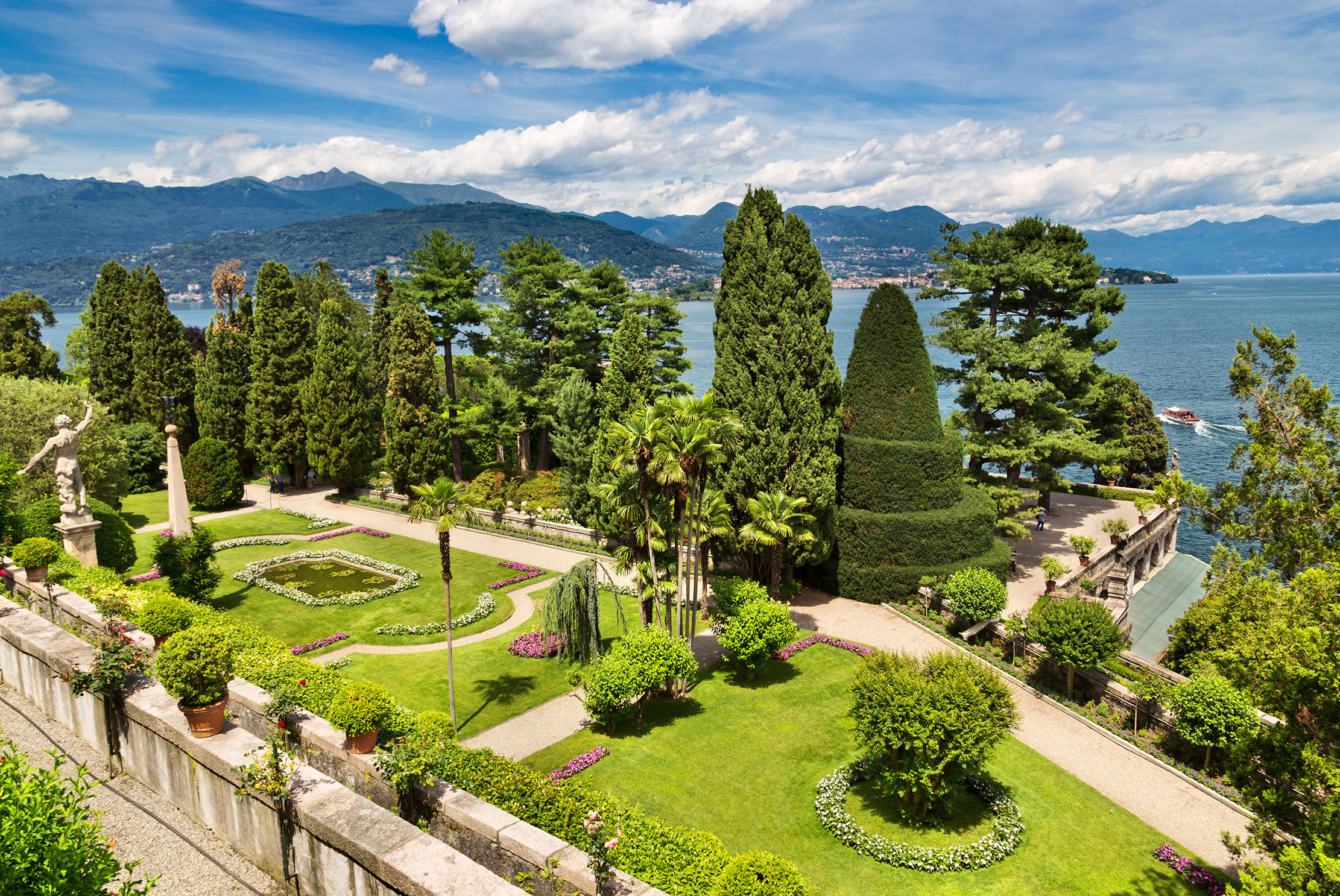
Charles-Quest Ritson: 'Gardens are like people — most of them don’t age well'
Charles Quest-Ritson reminisces on his younger days and laments the passing years — not least our shared tendency with gardens to

Charles Quest-Ritson: The secret to enjoying gardens in beastly cold, deepest winter
Our columnist has a suggestion for enjoying January, albeit one that doesn't involve staying put in England.

Charles Quest-Ritson: What English country gardeners can learn from their German counterparts
Charles Quest-Ritson has spent years making trips to Germany to gather ideas and new plants — but is puzzled that nobody
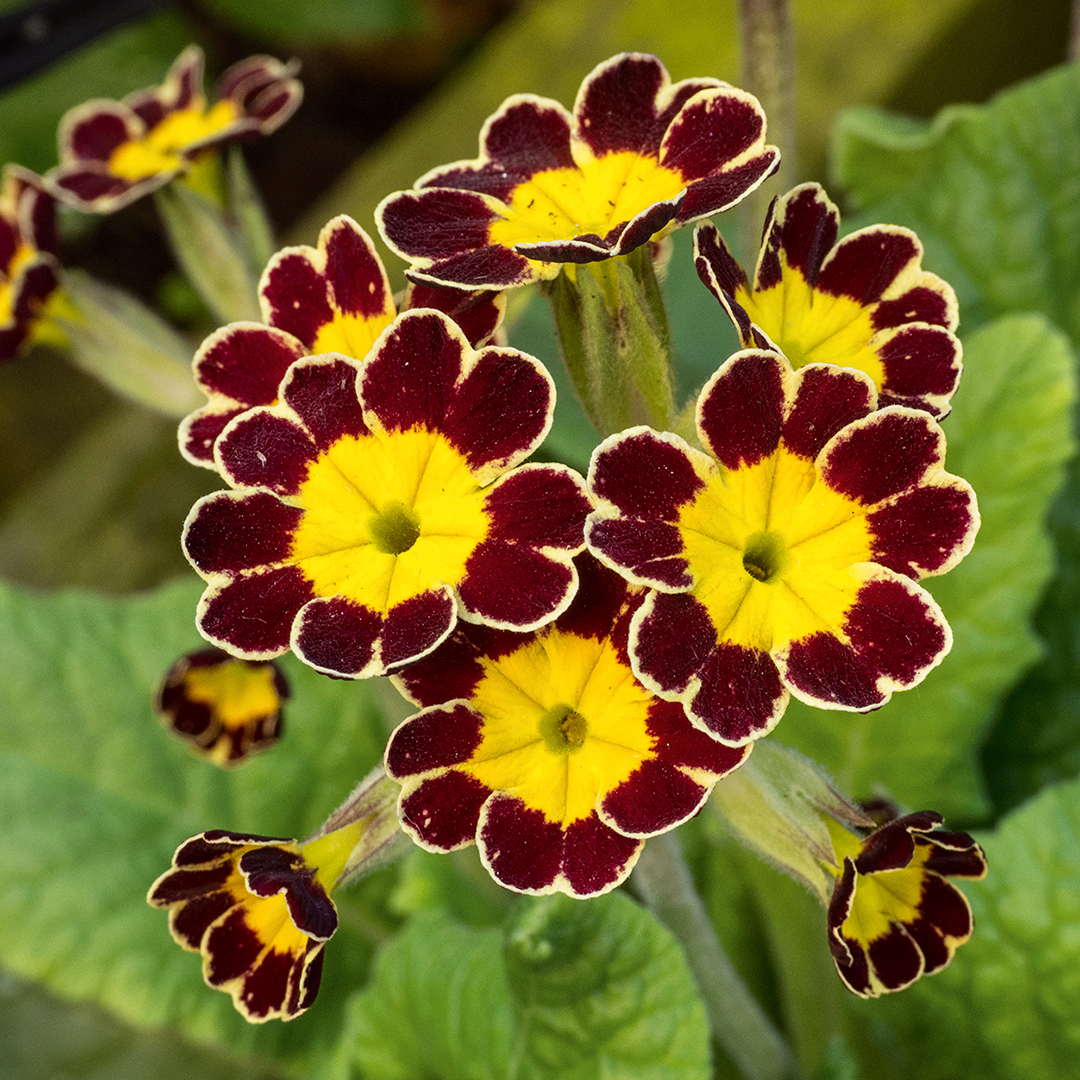
Charles Quest-Ritson: Why nothing matches the colour or beauty of the simple primrose
Sometimes the simplest flowers are the best, says Charles Quest-Ritson, as he looks at primroses, cowslips and their wonderful hybrids.
Charles Quest-Ritson is a historian and writer about plants and gardens. His books include The English Garden: A Social History; Gardens of Europe; and Ninfa: The Most Romantic Garden in the World. He is a great enthusiast for roses — he wrote the RHS Encyclopedia of Roses jointly with his wife Brigid and spent five years writing his definitive Climbing Roses of the World (descriptions of 1,6oo varieties!). Food is another passion: he was the first Englishman to qualify as an olive oil taster in accordance with EU norms. He has lectured in five languages and in all six continents except Antarctica, where he missed his chance when his son-on-law was Governor of the Falkland Islands.
-
 Ford Focus ST: So long, and thanks for all the fun
Ford Focus ST: So long, and thanks for all the funFrom November, the Ford Focus will be no more. We say goodbye to the ultimate boy racer.
By Matthew MacConnell
-
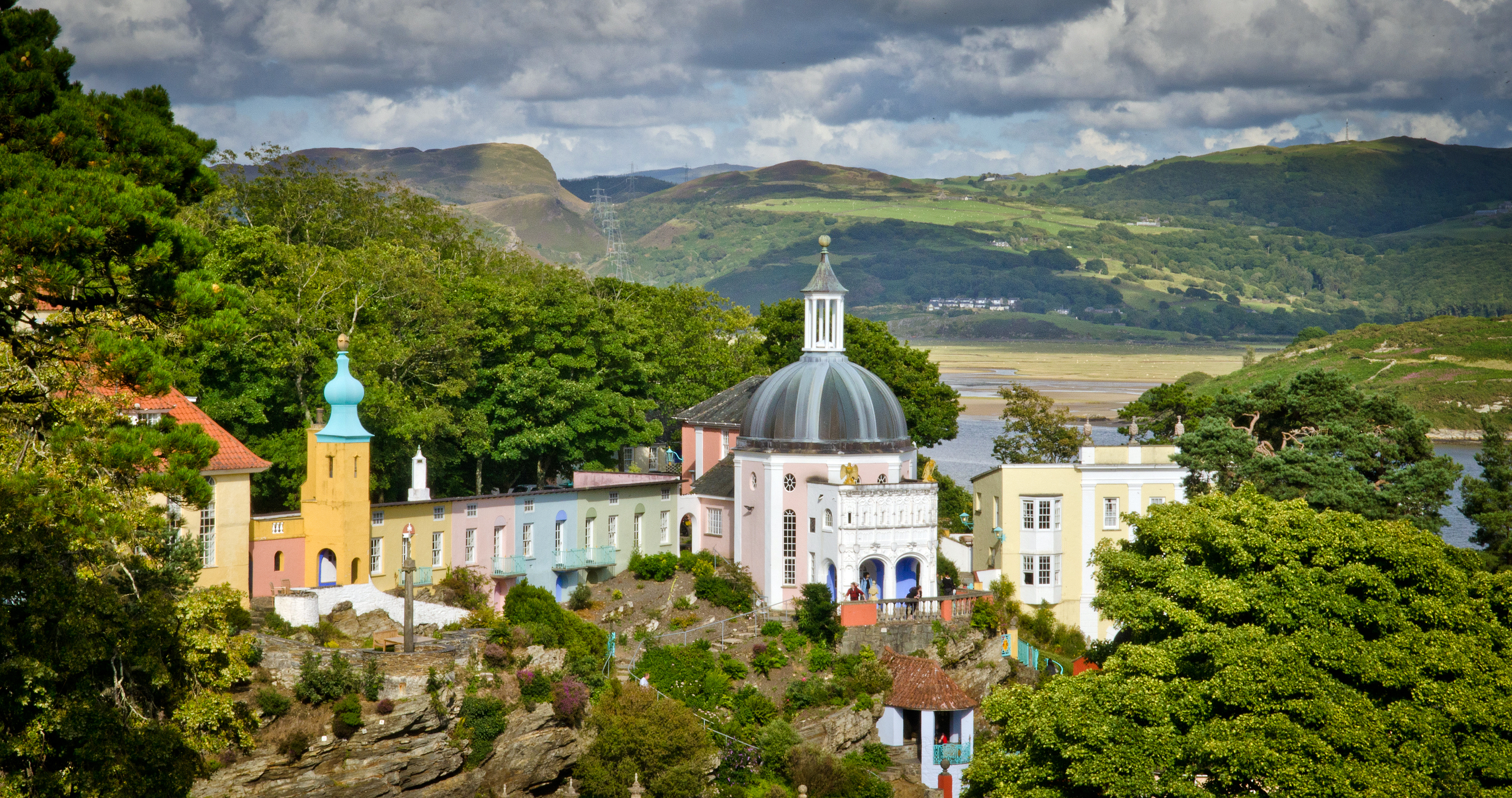 ‘If Portmeirion began life as an oddity, it has evolved into something of a phenomenon’: Celebrating a century of Britain’s most eccentric village
‘If Portmeirion began life as an oddity, it has evolved into something of a phenomenon’: Celebrating a century of Britain’s most eccentric villageA romantic experiment surrounded by the natural majesty of North Wales, Portmeirion began life as an oddity, but has evolved into an architectural phenomenon kept alive by dedication.
By Ben Lerwill